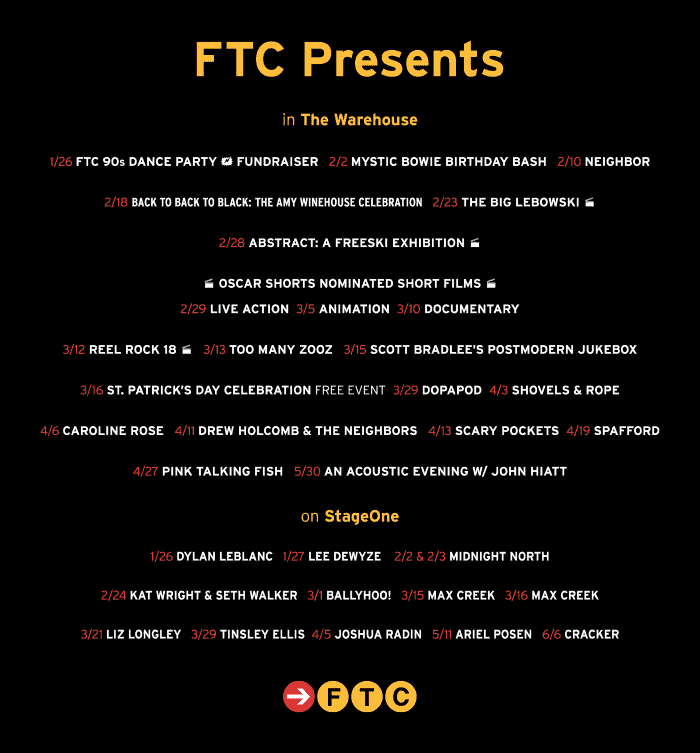Many Rye bird lovers took part in the National Audubon Society’s annual Great Backyard Bird Count, held this year over Presidents Day weekend, Feb. 12 through Feb. 15. On Jan. 30, to help prepare local counters, the Bird Homestead nonprofit hosted an indoor and outdoor bird walk at the Rye Meeting House.
The visiting bird expert was Christopher Mignone, vice president of Central Westchester Audubon Society, the event’s co-sponsor. Mignone is familiar to Rye residents from his days at Marshlands Conservancy. Indoors, he introduced both new and experienced birdwatchers of all ages to more than 50 species of birds seen in Rye, via Nadia Valla’s beautiful close-up photographs currently on view at the Rye Meeting House. Outdoors, Mignone led a sunny winter afternoon walk at low tide, when many birds are visible feeding along the Blind Brook estuary behind the Meeting House and the Bird Homestead.

Mignone, who has been a birder since he was a boy, began sharing his knowledge indoors via a tour through Valla’s photographs, starting with water birds and aerial water birds, and continuing through shore birds, birds of prey and songbirds. Valla’s stunning close-ups show some solitary birds, others with their mates and babies, some on the wing, others poised on branches or in their nests—even a mockingbird scaring off a startled screech owl that had sat too close to its nest.
From Mignone, attendees learned about new aspects of very familiar Rye birds, such as the ubiquitous Canada goose. Valla had caught a mother goose with a flock of fluffy gray chicks under her wings and on her back. Mignone said that Canada geese molt once a year and can’t fly during that time, so that’s when they have their chicks. Once molting is complete, the expanded family moves on.
Mignone also pointed out the wide variety of ducks Valla captured with her camera on the water in Rye: the mallard, the black duck, teals, the wood duck (he had seen one nesting in a tree at Marshlands), the northern shoveler, which has a very long bill, the long-tailed duck, the bufflehead, the golden-eyed, the ring-necked, the merganser and the ruddy, which only visits Rye in the winter. Other winter visitors include aerial water birds like the Great Cormorant, which has a white belly and can be seen at Playland Lake and Marshlands.
Among wading birds, Mignone introduced the very handsome black-crowned night heron, which can be seen roosting in the trees along Blind Brook from the bench behind the Meeting House. Green herons also have been seen in the Blind Brook estuary, watching the boats leaving and returning to Milton Harbor.
Valla photographed several species of woodpecker: the sapsucker, the hairy, the red bellied, the pileated—not often seen in Rye, but the biggest species and the model for Woody Woodpecker—and the most common woodpecker, the downy. Mignone explained that the sapsucker isn’t actually after sap: the bird eats insects pulled out of a tree in sap. After Hurricane Sandy, Mignone said, he found a felled tree at Marshlands with a series of neat holes drilled every quarter inch: “A sapsucker had been at work.”
One of Valla’s most striking photos is of a pair of great horned owls, lined up on a big branch with three gray puffballs—their babies. A succession of these birds has been nesting in Marshlands since the late 1980s. They court at the end of December through early January, Mignone said, and mate for life.
Valla had caught a spectacular back view of a red-tailed hawk, sitting with its red feathers on proud display—difficult to see when the bird is airborne. Although red-tails are one of the largest and most common hawks, Mignone noted that turkey vultures are more numerous in Westchester at the moment. Turkey vultures float on thermals, using more energy to take off and land than they do if they fly all day. Westchester Audubon’s office used to be at 1311 Mamaroneck Ave., a building with a large colony of turkey vulture nests on the roof. The ominous birds would lean over the roof to eye Mignone and his colleagues entering the building.
Outdoors, the group kept their own eyes open, spotting quite a few songbirds, including a white-breasted nuthatch on the Bird Homestead’s new feeder, which Mignone had just installed, as well as a great blue heron, a hooded merganser, mallards, a mourning dove and a red-bellied woodpecker hard at work on a tree behind the Meeting House—an excellent early report for the Backyard Bird Count. The birders also could hear grackles, starlings, and juncos, seeking refuge from the cold in hedges and shrubbery.
“On the Wing: Birds of the Bird Homestead and Meeting House,” Valla’s photographs of more than 50 species of birds, remains on display at Rye Meeting House through June 2016, and can be visited every Saturday afternoon from noon to 3 p.m., weather permitting. Prints of all Valla’s photographs are for sale for $75 each (unframed, 19 inches by 13 inches). Proceeds will benefit restoration of the stained-glass windows in the Meeting House. The Bird Homestead nonprofit operates the Meeting House on Milton Road for environmental, historic and educational purposes.








